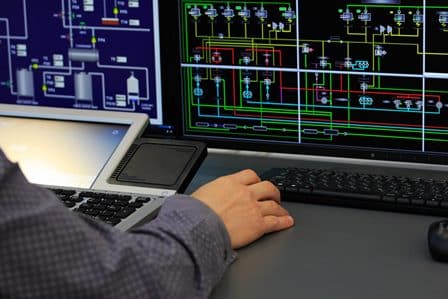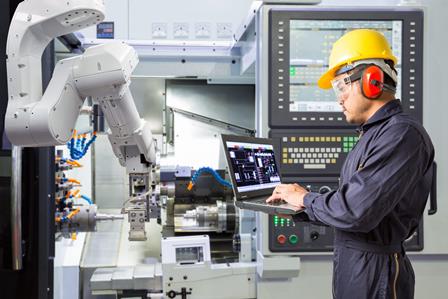Course Overview
This professional development course is designed for engineers and technicians who need a solid understanding of the fundamentals of their control valve design, installation, and troubleshooting.
Course Benefits
- You may be eligible to claim CPD points through your local engineering association.
- Receive a Certificate of Completion from EIT.
- Learn from well-known faculty and industry experts from around the globe.
- Flexibility of attending anytime from anywhere, even when you are working full-time.
- Interact with industry experts during the webinars and get the latest updates/announcements on the subject.
- Experience a global learning with students from various backgrounds and experience which is a great networking opportunity.
- Achieve a solid understanding of the fundamentals of their control valve design, installation, and troubleshooting.
- Understand the basis of control valve from the perspective of fluid mechanics, difference between cavitation and flashing and controlled and choked flow.
- Study calculations to determine control valve values and recognize the various types of control valves commonly in the industry and their area of application.
- Learn to use a computer sizing program for selection of control valves, select materials for bodies, trims, packing boxes, and gaskets, and size actuators for linear and rotary applications and know the relative advantages of pneumatic, hydraulic, and electric types.
Course Details
Control valves are the workhorses of facilities. They continually function to ensure systems work as intended.
The control valve is the part of the control loop that not only requires integration with modern data collection methods. It also involves mechanical features, as well as occupational health and safety issues not associated with other parts of the control loop (such as noise).
A correctly specified, engineered, designed, installed, and maintained control valve can be one of the most profitable investments a facility can have. However, a control valve that “does not work well” can increase the risk of injury and disruption to your system. Often the benefits of modern SCADA systems can be lost with inappropriate or minimal attention to the control valves.
This course will help you understand what happens inside a control valve from a basic fluid mechanics point of view. This includes appreciating the difference between cavitation and flashing and realizing the difference between controlled and choked flow. You will also learn to choose between different characteristics on offer, understand the advantages and disadvantages of different seat leakage rates, and understand the failure modes for control valves and demonstrate new approaches to troubleshooting.
It will also cover how to recognize severe service applications and have an appreciation for the methods of tackling the problems associated with such applications. Plus, it will teach you to do simple calculations to determine control valve values, and identify the different types of control valves commonly in use and understand the relative advantages of each.
You will also learn to use a computer sizing program to assist with the selection of control valves, select materials for bodies, trims, packing boxes, and gaskets, and size actuators for linear and rotary applications and know the relative advantages of pneumatic, hydraulic and electric types.
Case studies will illustrate the key concepts through examples of real-world working control valves.
The course is composed of 12 modules, covering the essentials of control valves and actuators, to better place the user to fully realize the full potential and benefit of any control system.
Module 1: Introduction
- Basic concepts
- Definitions
Module 2: Types of Control Valves
- Linear vs. rotary
- Discussion of linear valves (globe valves, angle valves, etc.)
- Discussion of rotary valves (butterfly valves, ball valves, etc.)
- Discussion of seats and leakage
Module 3: Basic Sizing for Liquids
- Basic selection steps
- Key equations
- Interactive use of sizing software
Module 4: Basic Sizing for Gases and Vapours
- Basic selection steps
- Key equations
- Interactive use of sizing software
Module 5: Inherent and Installed Flow Characteristics
- Discussion of how the control valve interacts with the system
Module 6: Actuators
- Principles of actuators for control valves
Pneumatic actuator types
Module 7: Cavitation and Flashing
- Difference between cavitation and flashing
Managing cavitation
Module 8: Noise Prediction and Treatment
- Mechanical vibration
- Hydrodynamic noise
- Aerodynamic noise
Module 9: Materials of Construction
- Typical materials of construction for body and valve trim
- Recognize issues of corrosion and wear
Module 10: Maintenance Issues
- Understand the tasks involved in valve maintenance
- Develop your knowledge of important installation features relevant to proper maintenance
- Know about methods for detection of backlash and stiction in the valve drive
Module 11 & 12: Principles of Pressure Relief Devices and Pressure Relieving Systems
- Pressure-relieving systems as an independent layer of protection
- The risk reduction complemented by a functional safety system
- The risk reduction provided by hazardous area protection systems
- Fire and gas detection
To obtain a certificate of completion for EIT’s Professional Certificate of Competency, students must achieve a 65% attendance rate at the live, online fortnightly webinars. Detailed summaries/notes can be submitted in lieu of attendance. In addition, students must obtain a mark of 60% in the set assignments which could take the form of written assignments and practical assignments. Students must also obtain a mark of 100% in quizzes. If a student does not achieve the required score, they will be given an opportunity to resubmit the assignment to obtain the required score.
For full current fees in your country go to the drop down filter at the top of this page or visit the Fees page.
Payment Methods
Learn more about payment methods, including payment terms & conditions and additional non-tuition fees.
Tom Neillings has extensive experience in the diesel power generation, and oil and gas industries. He has worked in both South Africa and Saudi Arabia.
Learn about our instructors.
You are expected to spend approximately 5-8 hours per week learning the course content. This includes attending fortnightly webinars that run for about 90 minutes to facilitate class discussion and allow you to ask questions. This program has a 65% attendance requirement in the live webinars in order to graduate from the program. If you are unable to attend the live webinars, you have the option of watching the recording of completed webinars and sending a summary of what you have learnt from the webinar to the Learning Support officer. The summaries go towards your attendance requirement for the program.
This program is run online on an intensive part-time basis and has been designed to fit around full-time work. It will take three months to complete.
We understand that sometimes work commitments and personal circumstances can get in the way of your studies, so if at any point you feel that you are struggling with the pace of the course or finding a particular module challenging, you are encouraged to contact your designated Learning Support Officer for assistance.
Registrations are open for our upcoming intakes. Please ensure you book your place at least one week before the start date of the program.








